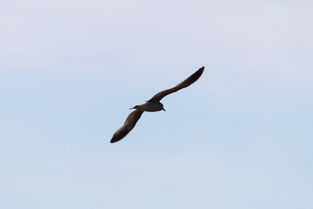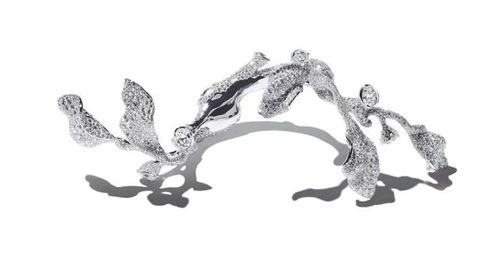Content:
Introduction: Fishing, an age-old pastime, has always been a source of relaxation and enjoyment for anglers around the world. Among the various fishing techniques, short line fishing stands out as a method that offers both simplicity and effectiveness. Whether you are a beginner or an experienced angler looking to refine your skills, this article will provide you with a comprehensive guide to short line fishing techniques, complete with diagrams and practical tips.
Understanding Short Line Fishing: Before diving into the techniques, it's essential to understand what short line fishing is. This method involves using a shorter fishing line, typically ranging from 10 to 30 feet, to present bait or lures closer to the fish. The shorter line reduces the distance the lure travels, allowing for more precise control and better presentations.
Choosing the Right Equipment: To excel in short line fishing, it's crucial to select the appropriate equipment. Here's a breakdown of the essential gear:
Rod: Opt for a light to medium-action rod with a length of 6 to 8 feet. This will provide the necessary sensitivity and flexibility for short line fishing.
Reel: A spinning reel is the most suitable choice for short line fishing. It allows for smooth retrieves and precise control over the bait.
Line: Use a monofilament line with a thickness of 4 to 6 pounds. This will provide enough strength to handle most fish while remaining flexible enough for delicate presentations.
Hooks: Select hooks that match the size and type of bait you're using. For most short line fishing scenarios, sizes 6 to 10 are sufficient.
Bait or Lures: Choose bait or lures that mimic the natural prey of the fish you're targeting. Live bait, artificial lures, or a combination of both can be effective.
Techniques for Short Line Fishing:
Casting: To cast effectively with a short line, focus on accuracy rather than distance. Here's a step-by-step guide:
a. Hold the rod with a comfortable grip, positioning your fingers near the reel. b. Load the line by winding it around the rod's guides. c. With a smooth and controlled motion, sweep the rod back and forward to cast the line. d. Aim for a target and let the line land on it with precision.
Presenting the Bait: Once you've cast your bait, it's time to present it effectively. Here are some tips:
a. Let the bait sink to the desired depth before starting the retrieve. b. Use a slow and steady retrieve, allowing the bait to flutter and swim naturally. c. Vary the retrieve speed to mimic the movement of real prey. d. Pay attention to the water conditions and adjust your technique accordingly.
Reading the Bites: Identifying subtle signs of a bite is crucial in short line fishing. Here's how to read the bites:
a. Watch the line closely for any sudden movements or twitches. b. Feel the rod for any changes in resistance or tension. c. If you feel a tap or a gentle pull, set the hook immediately. d. Be patient and wait for the fish to take the bait fully before setting the hook.

Setting the Hook: Once you've identified a bite, it's time to set the hook. Here's how to do it effectively:
a. As soon as you feel a bite, quickly lift the rod tip towards the fish. b. Keep the rod tip high and maintain tension on the line. c. Allow the fish to take the bait fully before setting the hook. d. If the fish pulls hard, give it a little slack to avoid breaking the line.
Landing the Fish: Once you've hooked the fish, it's time to land it safely. Here's how to do it:
a. Keep the rod tip high and maintain tension on the line. b. Guide the fish towards the岸边, using the current or structure to your advantage. c. Once the fish is close to the shore, gently net it or use a landing net to avoid damaging the fish. d. Handle the fish with care, releasing it back into the water as soon as possible.
Conclusion: Short line fishing is a rewarding and enjoyable technique that can be mastered with practice and the right knowledge. By understanding the basics of equipment selection, casting, presenting the bait, reading the bites, setting the hook, and landing the fish, you'll be well on your way to becoming a proficient short line angler. Remember to always practice ethical fishing and respect the environment and the fish you catch. Happy fishing!












